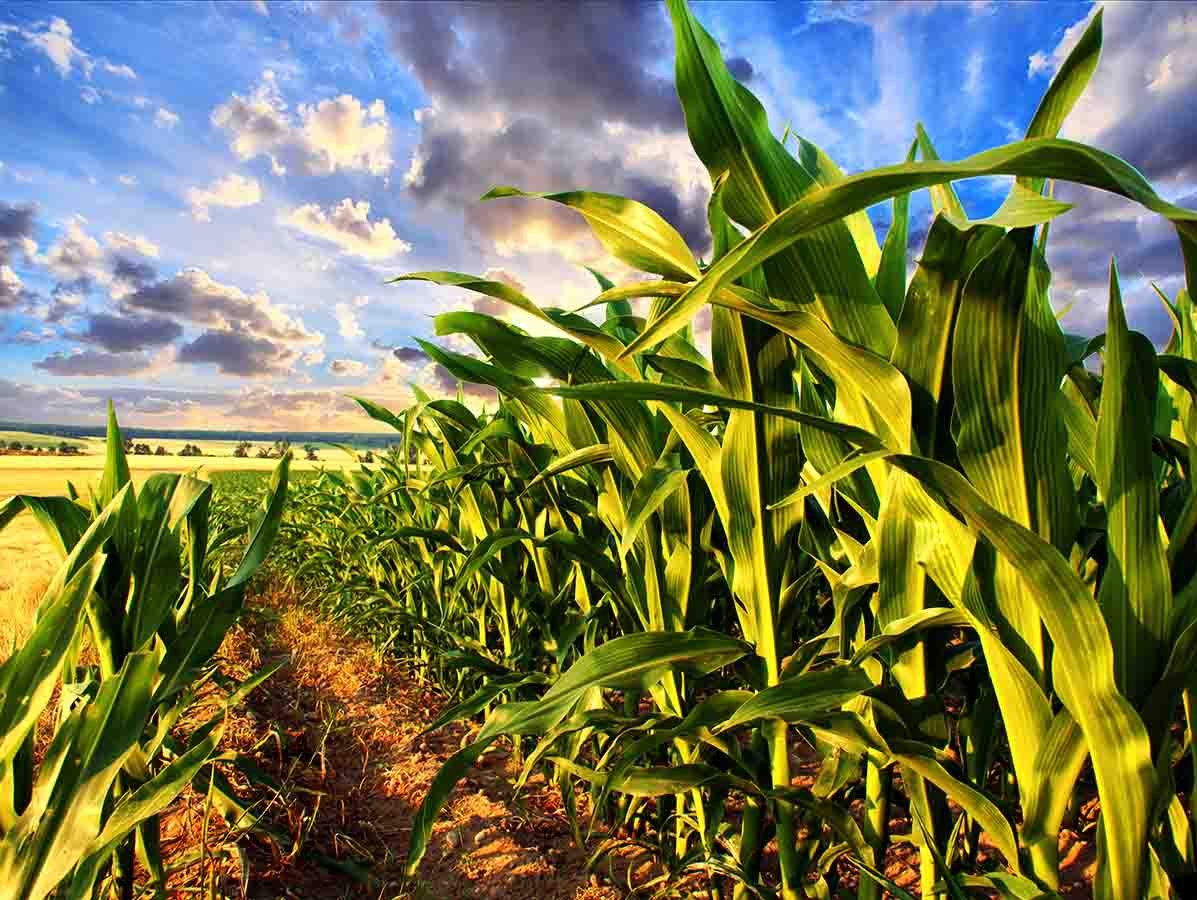
The Food and Agriculture Organization of the United Nations (FAO) reported a decline in the FAO Food Price Index for December, marking a 1.5 percent decrease from November and a significant 10.1 percent drop from December 2022.
The FAO Cereal Price Index experienced a 1.5 percent increase in December, driven by rising prices of wheat, maize, rice, and barley. This uptick was attributed, in part, to logistical disruptions impacting shipments from major exporting countries. The overall index for 2023, however, stood at 15.4 percent below the 2022 average, reflecting well-supplied global markets.
In contrast, the FAO Vegetable Oil Price Index decreased by 1.4 percent in December. This decline was influenced by subdued purchases of palm, soy, rapeseed, and sunflower seed oil. Meanwhile, the FAO Sugar Price Index saw a significant 16.6 percent drop from November, reaching a nine-month low. The decrease in sugar quotations was primarily driven by increased production in Brazil and reduced sugarcane use for ethanol production in India.
The FAO Meat Price Index experienced a 1.0 percent dip from November, reflecting a 1.8 percent decrease compared to December 2022. Weak import demand from Asia for pig meat contributed to this decline, with sluggish buying interest in bovine and poultry meat despite ample supplies in major producing regions. On the other hand, the FAO Dairy Price Index increased by 1.6 percent in December, driven by higher prices for butter and cheese. Despite this, the index still stood 16.1 percent below its December 2022 value.
Source: FAO